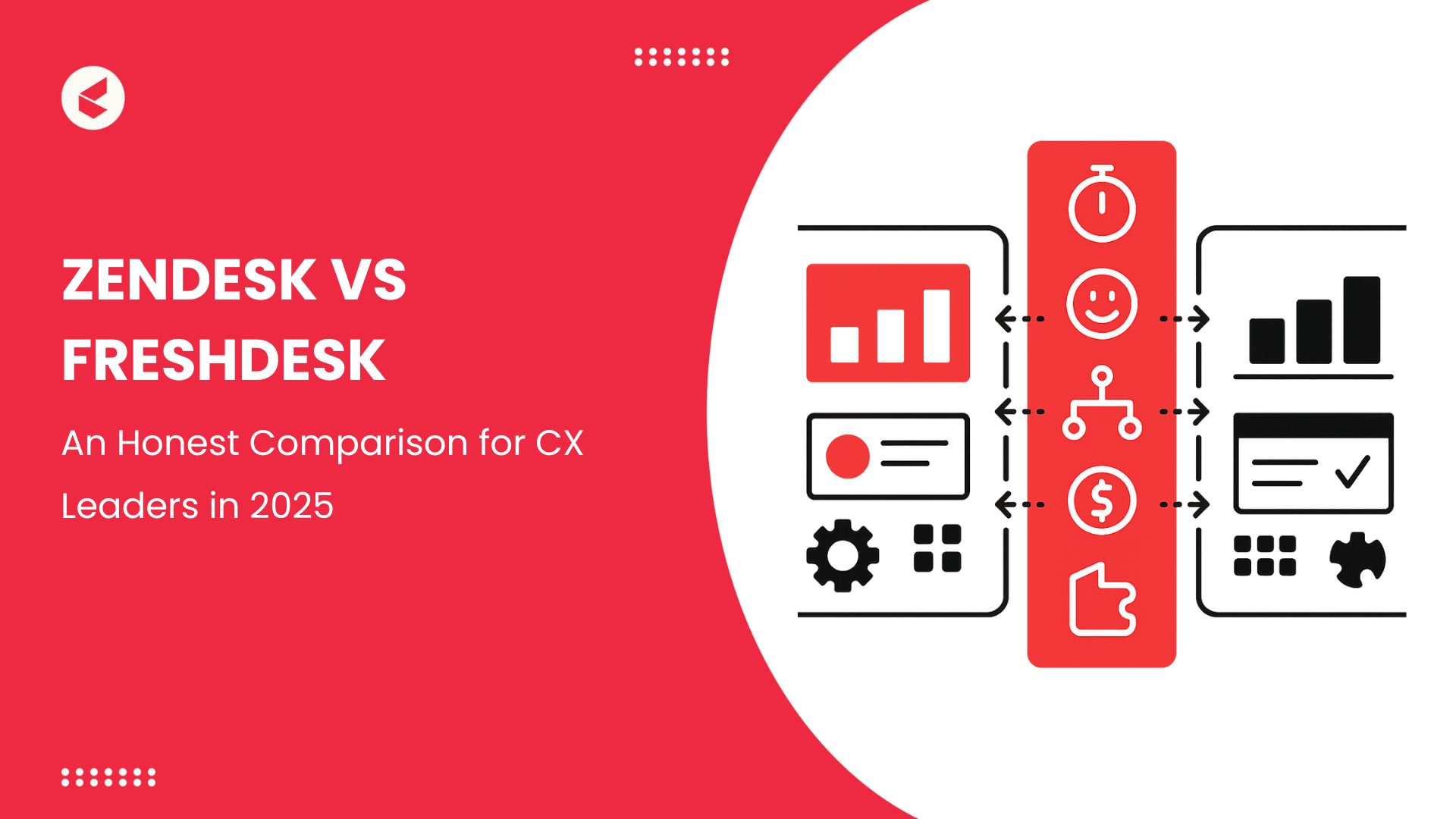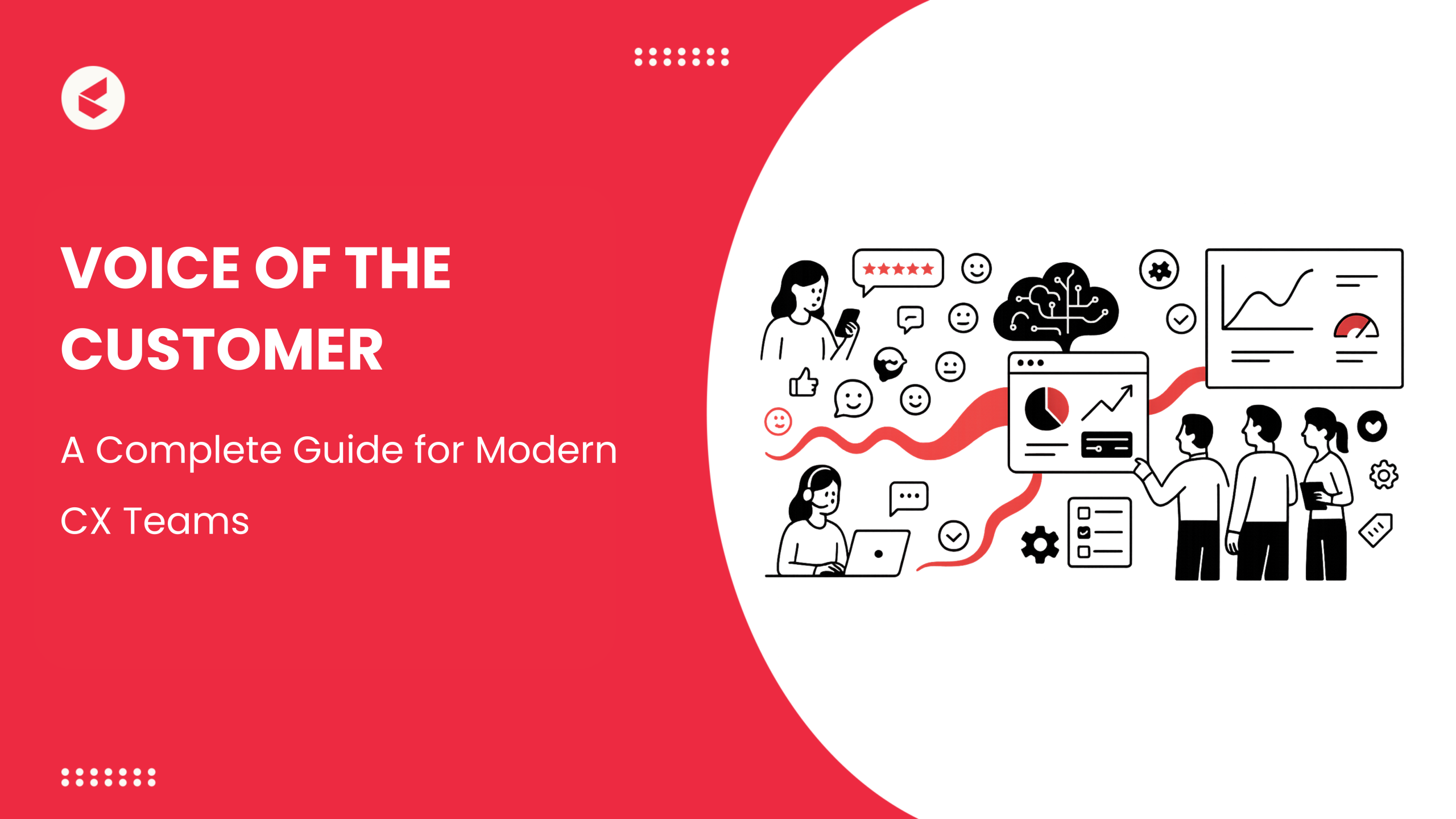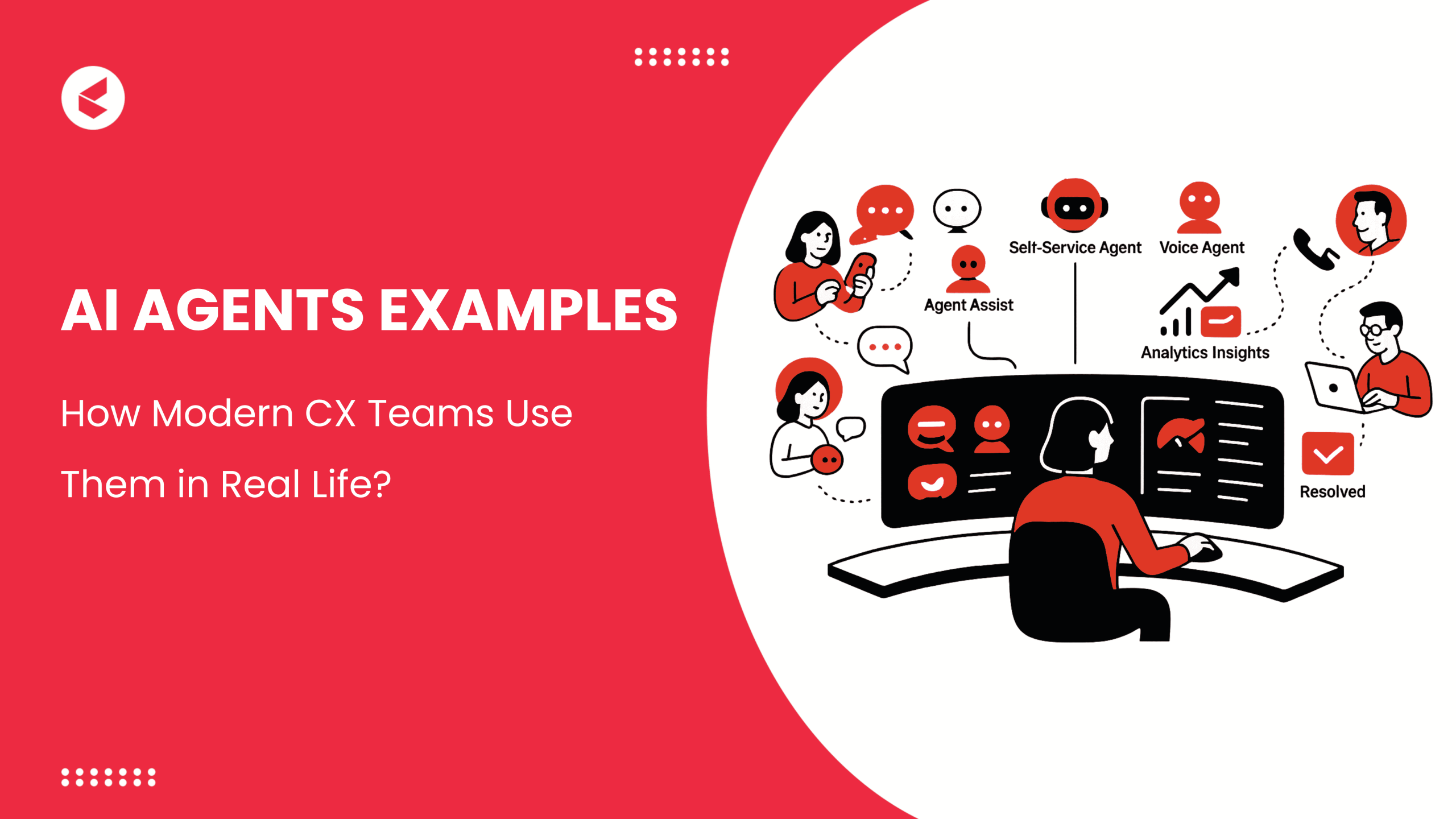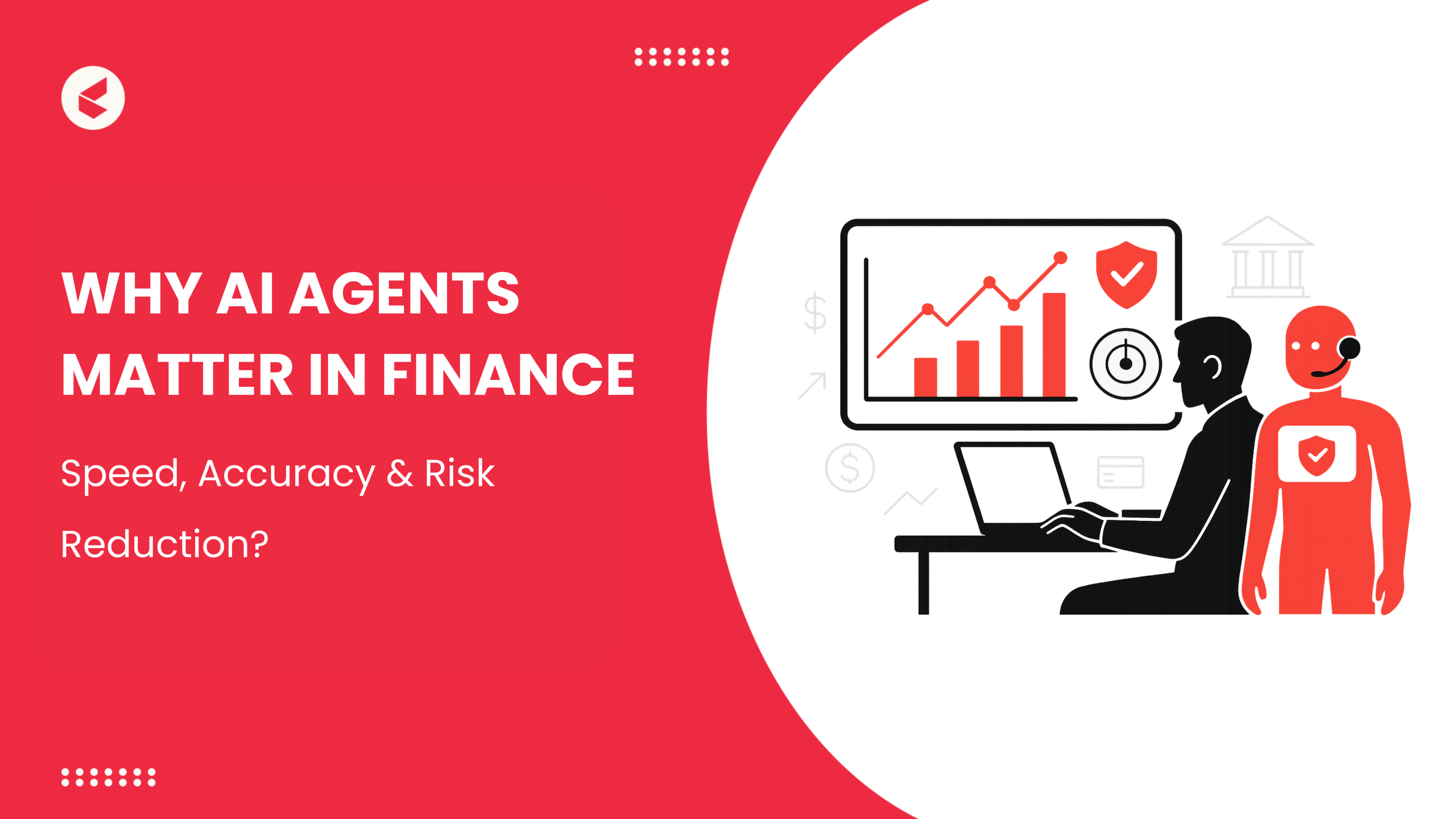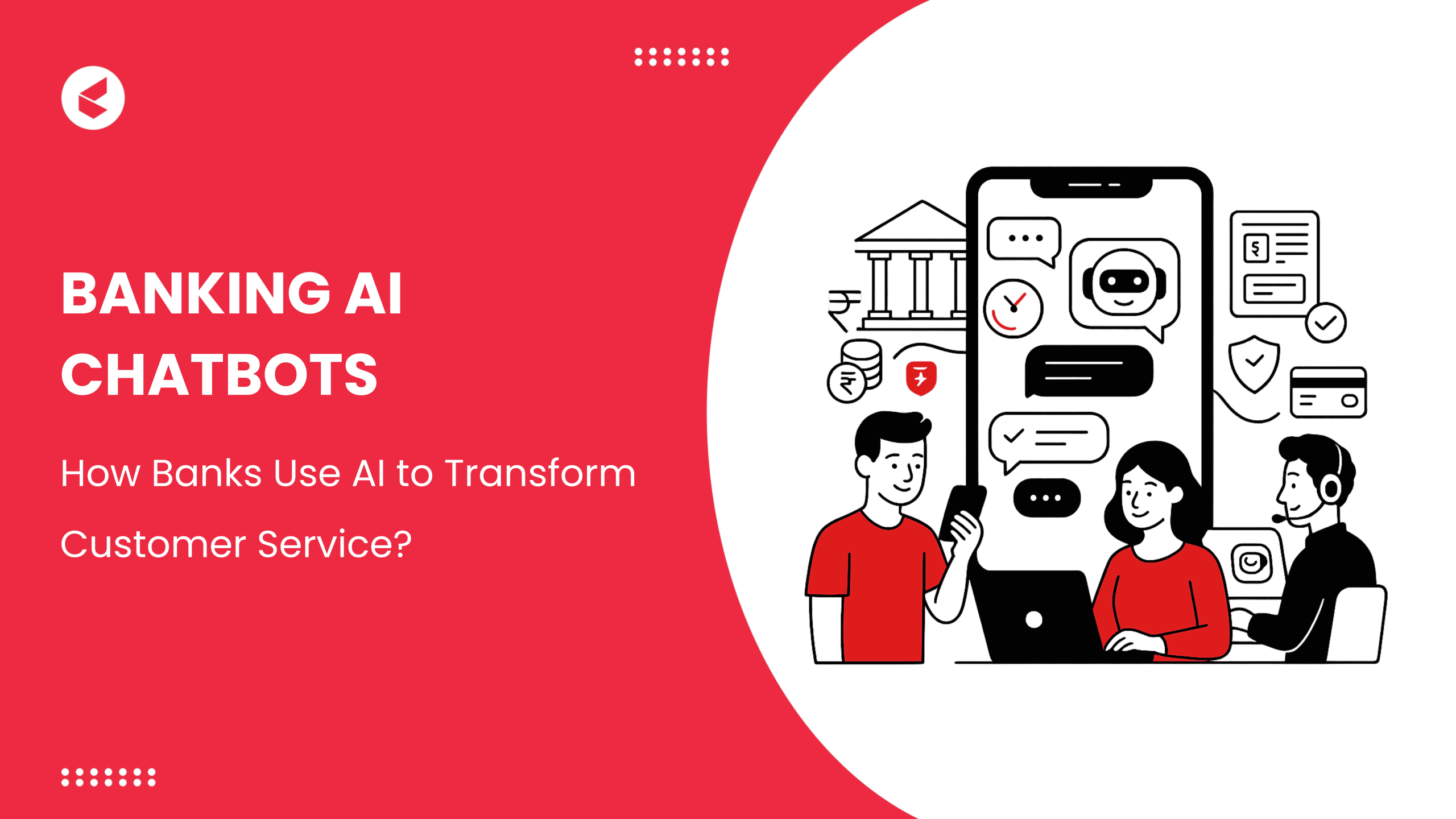Budgets for customer experience are climbing, and so are expectations. Forrester reports that 40% of CX leaders expect to raise their budgets above inflation in 2025, a sign of how closely service technology is tied to growth.
At the same time, PwC found that 32% of customers say they would stop engaging with a brand after a single poor interaction, while Gartner reported that over 80% of companies see CX as their main competitive advantage.
This puts the spotlight on Zendesk vs Freshdesk, two platforms that dominate much of the discussion around CX technology. According to 6sense, Zendesk holds around 15.4% of the CX market, giving it a strong position among enterprises.
Freshdesk, meanwhile, continues to build momentum, with Freshworks reporting 21% full-year growth in 2024. Paired with Zendesk’s established market share, this growth explains why both remain central to CX strategies.
Deciding between Zendesk and Freshdesk is important to shape customer experience. The platform you choose impacts how quickly agents move through tickets. It also shapes the way managers make sense of customer data and how consistently customers experience the quality of service.
When leaders evaluate Zendesk vs Freshdesk, the focus is on how each platform supports long-term requirements such as automation, analytics, and personalization. This blog compares them across features, integrations, reporting, pricing, and scalability to guide the selection process.
Zendesk vs Freshdesk at a Glance
Zendesk and Freshdesk each hold a strong place in customer service. Zendesk is geared toward organizations with advanced workflows, while Freshdesk is designed for companies that require a simpler system for quick deployment.
The next table lays out the basics. It shows features, pricing, market focus, and a few typical use cases. Think of it as a quick way to look at the two side by side.
| Attribute | Zendesk | Freshdesk |
| Founded Year/Origin | 2007, founded in Copenhagen, Denmark | 2010, founded in Chennai, India |
| Target Market | Mid-market and enterprise organizations with complex workflows | Small and mid-sized businesses, with growing adoption in mid-market segments |
| Core Features | Omnichannel ticketing, workflow automation, advanced reporting and analytics, a broad integration ecosystem, compliance and security add-ons | Multi-channel support, knowledge base, self-service options, automation through Freddy AI, analytics, simple workflow setup, free entry plan |
| G2 Rating | 4.3/5 | 4.4/5 |
| Gartner Peer Insights Rating | 4.2/5 | 4.2/5 |
| Deployment Speed | Requires more setup and training, especially in larger environments with custom workflows | Generally faster to implement, with a straightforward setup suitable for smaller teams |
| Best Suited For | Large enterprises, regulated sectors like finance and healthcare, high-volume SaaS providers, and businesses needing advanced analytics and integrations | Startups, e-commerce, consumer services, and small technology firms seeking affordable, easy-to-deploy support tools |
| Average Per User Cost | Around $19–$115 per agent/month (annual billing) on standard tiers, higher for enterprise plans | Paid tiers from $15–$49 per agent/month (annual billing), Enterprise tier around $79, free plan available |
| Where They Win | Strong AI and automation, extensive integrations, and compliance features that fit enterprise needs | Competitive pricing, easy deployment, and straightforward AI tools that support SMB and mid-market teams |
Zendesk at a Glance
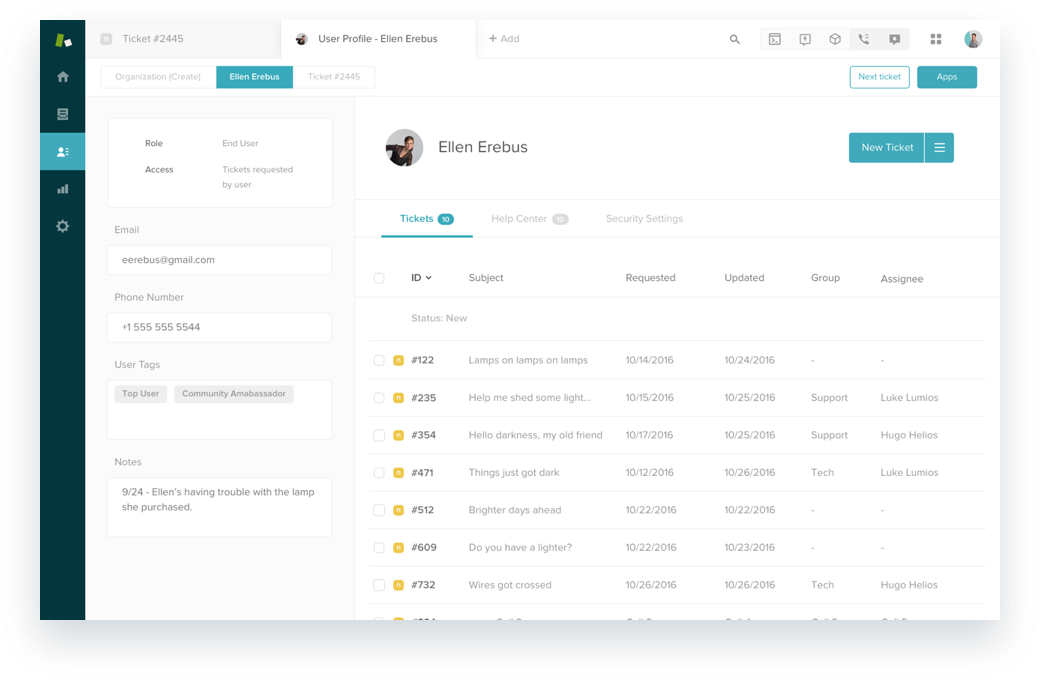
Zendesk began in Copenhagen in 2007, with Mikkel Svane, Alexander Aghassipour, and Morten Primdahl as its founders. Its base was later moved to San Francisco. Since then, Zendesk has grown into one of the most recognized platforms in customer experience software. It is trusted by enterprises to manage support operations at scale.
Zendesk supports organizations across various regions and sectors. It is chosen by enterprises looking for powerful integrations, strong functionality, and scalable service.
Strengths
- AI capabilities like ticket classification, sentiment checks, and agent assist, that shorten response times
- Provides analytics that help teams understand customer interactions in detail
- Covers chat, voice, email, messaging, and social channels so conversations can be managed in one place
- Supports workflow customization and multiple languages, which is useful for global teams
Weaknesses
- Can be difficult to implement when workflows are complex
- Customization may require significant time and resources
- Pricing climbs quickly at higher tiers and when AI features are added
- Smaller teams may see slower returns since training and onboarding take time before full value is reached
Stats & Notable Clients
- Reports suggest Zendesk is in use at 160,000 to 200,000 organizations worldwide
- Companies from industries like technology, retail, finance, healthcare, education, and telecom make up its user base
- Among its clients are Airbnb, Shopify, Zoom, Square, and LendingClub
Freshdesk at a Glance
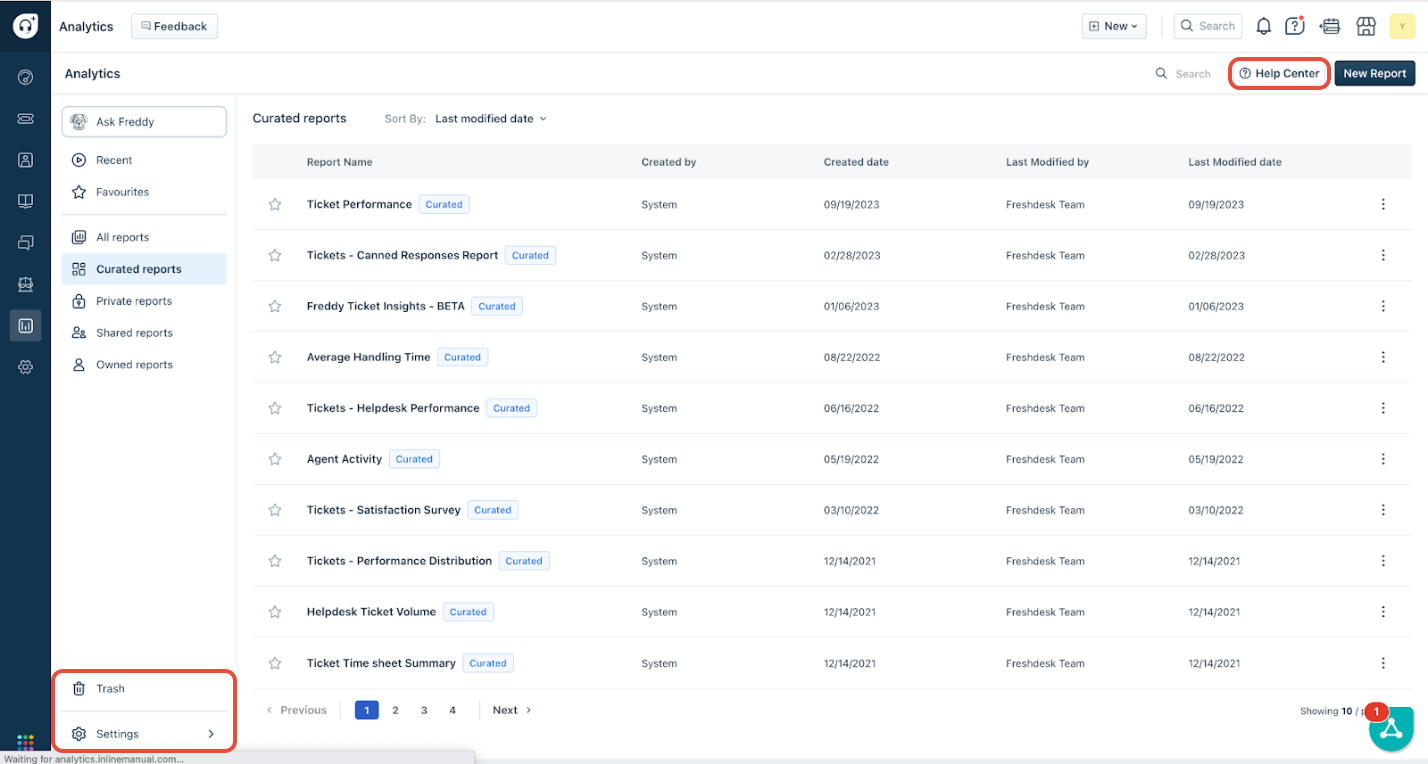
Freshdesk was set up in Chennai, India, in 2010 by Girish Mathrubootham and Shan Krishnasamy. What started as a basic helpdesk later grew into Freshworks, which today also builds CRM and IT service products.
The platform is especially common among small and mid-sized companies. Its attraction lies in lower cost, quick rollout, and an interface that most teams can learn without much effort.
Strengths
- Free plan and low-cost options that work well for startups and small groups
- The interface is straightforward, so agents usually adapt quickly without long training sessions
- Setup is quick, letting teams roll out the system and begin using it without much delay
- Provides practical automation and Freddy AI tools that streamline everyday support tasks
Weaknesses
- Struggles to scale for very large or complex operations
- Advanced analytics and custom dashboards are limited compared to bigger platforms
- AI capabilities are helpful but less sophisticated than Zendesk’s enterprise-focused tools
- Ecosystems and integrations are narrower, limiting flexibility for large enterprises
Stats & Notable Clients
- Freshdesk reports a customer base of over 67,000 organizations in 120 nations
- It is especially popular with startups, digital retail players, and mid-market tech companies
- Key accounts include Cisco, UNICEF, and Chargebee
Zendesk vs Freshdesk – Feature Comparison
Support leaders often compare Zendesk and Freshdesk by looking at how each platform addresses core service requirements. The summary here highlights where they help and where they may slow teams down.
Ease of Use
Freshdesk is designed with simplicity in mind. Smaller organizations can set it up and train staff quickly. Zendesk, while more powerful in terms of customization, involves a more demanding onboarding process.
| Zendesk | Freshdesk | |
| Learning Curve | Steeper due to advanced configuration | Lighter and intuitive for new teams |
| Pros | Powerful admin controls once configured | Friendly interface and quick adoption |
| Cons | Longer setup and training requirements | Limited flexibility for complex needs |
Omnichannel Capabilities
Zendesk offers a well-developed omnichannel system that handles email, chat, voice, messaging, and social channels. Freshdesk Omni covers the same primary channels and continues to improve, although Zendesk is still ahead in advanced routing and large-scale coordination.
| Zendesk | Freshdesk | |
| Channel Coverage | Enterprise-grade suite with advanced routing | Core channels in a unified workspace |
| Pros | Consistent experience across channels; strong routing | Easy navigation and straightforward setup |
| Cons | Configuration can be complex | Routing logic is more limited |
AI and Automation
Zendesk invests heavily in AI, offering triage, intent detection, sentiment analysis, and agent assist. Freshdesk’s Freddy AI provides practical bots and automation that are easier to set up but less advanced.
Generative AI assistance in support improves issue resolution by 14% (McKinsey) and reduces handling time by 9%, highlighting the value of strong AI capabilities.
| Zendesk | Freshdesk | |
| AI Tools | Advanced triage, tagging, and agent assist | Bots and rule-based automation |
| Pros | Rich analytics and advanced automation | Quick to deploy; useful for smaller teams |
| Cons | Higher cost and setup time | Less depth for complex AI workflows |
Integrations and Ecosystem
Zendesk offers a wide marketplace with integrations across analytics, workforce management, and enterprise platforms. Freshdesk integrates well with common SMB and mid-market tools but has fewer enterprise-grade connectors.
| Zendesk | Freshdesk | |
| Integration Breadth | Extensive marketplace and enterprise connectors | Coverage for everyday SMB tools |
| Pros | Large ecosystem with a broad partner network | Simple integrations for smaller teams |
| Cons | Integration management can require resources | Limited depth for enterprise use cases |
Analytics and Reporting
Zendesk provides advanced reporting with customizable dashboards, drill-downs, and predictive insights. Freshdesk’s reporting is clear and functional but more basic, with advanced options often limited to higher pricing tiers.
| Zendesk | Freshdesk | |
| Reporting Depth | Advanced dashboards and predictive analytics | Core operational reports |
| Pros | Strong tracking of capacity and quality | Easy-to-read reports for daily use |
| Cons | More setup is needed for advanced analytics | Limited predictive and custom reporting |
Scalability and Performance
Zendesk is designed to support enterprise operations and can handle very high volumes of interactions with consistency. Freshdesk fits the needs of SMBs and mid-market teams, though larger or more complex setups may need plan upgrades or added tools.
| Zendesk | Freshdesk | |
| Fit for Growth | Reliable for complex, high-volume operations | Well-suited to SMB and mid-market growth |
| Pros | Strong enterprise performance and reliability | Efficient for standard workflows |
| Cons | Longer setup time as complexity increases | Advanced scaling may need higher tiers |
Customer Support and Community
Zendesk benefits from a global network of partners, customers, and community resources. Freshdesk is famous for its fast onboarding support and practical documentation, which is helpful for smaller teams.
| Zendesk | Freshdesk | |
| Support Experience | Global community and partner ecosystem | Quick onboarding and responsive support |
| Pros | Access to a wide base of expertise | Helpful guidance during early setup |
| Cons | Support processes may feel formal for smaller teams | Smaller ecosystem compared to Zendesk |
Benchmarks to Watch – CSAT and AHT
Zendesk publishes internal benchmarks showing CSAT scores of around 94% in education and 86% in retail, with average handle times of 1–2 minutes depending on industry.
Freshdesk includes CSAT and AHT tracking in its reports, but it shares fewer public benchmarks. Any numbers available should be seen as guides rather than hard standards.
A practical way to measure impact is by running a pilot over six to eight weeks. Track CSAT improvements and AHT reduction under the same conditions and compare results against typical industry benchmarks.
This approach gives leaders a clear view of which platform performs better in their specific environment.
Freshdesk vs Zendesk – Pricing Comparison
Zendesk and Freshdesk follow a tiered model that charges per agent each month. The plans listed here are the standard ones, but actual pricing may differ by geography, contract length, or company size.
Zendesk Pricing
| Plan | Pricing (Per Agent/Month, Billed Annually) | Key Features |
| Support Team | $19 | Email and ticketing, Facebook/X support, conversation history, macros, ticket routing, basic automation, and prebuilt analytics |
| Suite Team | $55 | All Support Team features + AI agents, generative replies, customizable AI persona, live chat, messaging (WhatsApp, Instagram, Slack), phone support, and knowledge base |
| Suite Professional | $115 | All Suite Team features + advanced reporting, CSAT surveys, skills-based routing, IVR, customizable ticket forms, SLAs, and layout builder |
| Suite Enterprise | $169 | All Suite Professional features + up to 300 help centers, approval workflows, sandbox, custom roles, audit logs, and advanced business rules |
Freshdesk Pricing
| Plan | Pricing (Per Agent/Month, Billed Annually) | Key Features |
| Growth | $15 | Ticketing, customer portal, reports; ideal for small businesses starting with structured support |
| Pro | $49 | Everything in Growth + customized support portals, custom objects, advanced ticketing, custom reporting, and routing options |
| Pro + AI Copilot | $78 | All Pro features + Freddy AI Copilot bundled for AI-driven automation and insights |
| Enterprise | $79 | Everything in Pro + audit logs, approval workflows, skills-based assignments, and advanced security features |
Freshdesk also offers an “Omni” variant (for more channels) at higher prices –
| Plan | Pricing (Per Agent/Month, Billed Annually) | Key Features |
| Growth | $29 | Omnichannel engagement, intelligent chatbots, robust ticketing across web, SMS, messaging, and email |
| Pro | $69 | All Growth features + customized support portals, custom objects, advanced ticketing, custom reporting, and enhanced routing |
| Enterprise | $109 | All Pro features + audit logs, approval workflows, skills-based assignments, and advanced security features |
Pros & Cons Summary – Freshdesk vs Zendesk
Zendesk and Freshdesk serve different kinds of users. Enterprises look at Zendesk for complex workflows. Freshdesk appeals to SMBs that want a tool that is quick to use and easier on the budget. Here are the main pros and cons to weigh –
Zendesk Pros
- Scales well for large organizations with complex customer service operations
- Strong coverage of all main channels like email, chat, voice, and messaging
- Reporting and analytics features give leaders deeper visibility into operations
- Backed by enterprise use cases that demand compliance, data security, and role-based permissions
Zendesk Cons
- Higher overall cost at professional and enterprise levels, with add-ons increasing expense
- Setup and administration are more involved, leading to longer onboarding
- Can feel unnecessarily complex for smaller teams with straightforward needs
Freshdesk Pros
- Lower entry cost with transparent tiers and a free plan option
- Easy to use with short onboarding and a clear interface
- Tailored for SMBs and mid-market organizations, offering automation, chatbots, and social messaging
- Delivers faster results for teams seeking immediate improvements in support
Freshdesk Cons
- Limited scalability for large enterprises or highly customized requirements
- Reporting and analytics are more basic unless using higher-tier plans
- AI and automation tools are useful but less advanced than enterprise-grade systems
- Costs can rise as teams expand and rely on additional integrations or modules
Which One Should You Choose?
Freshdesk gives SMBs and startups a budget-friendly way to get started. The platform is straightforward, fast to deploy, and doesn’t hide costs. It fits teams managing modest volumes or still learning how to structure support.
Zendesk works best for bigger companies with heavy workflows, multiple channels, and customers spread across regions. When choosing, think about a few factors –
- Team Size – Smaller teams with fewer than 20 agents often benefit from Freshdesk’s ease of use, while larger service departments gain more from Zendesk’s depth and scalability.
- Industry – Highly regulated sectors such as finance, healthcare, or global SaaS require security, multilingual support, and compliance tools, where Zendesk has a clear edge.
- CX Maturity – Teams still developing knowledge bases or establishing ticket routing and CSAT tracking can start effectively with Freshdesk. Zendesk tends to give stronger results for organizations with set KPIs and advanced reporting needs.
Freshdesk can cover early growth, while Zendesk is the tool larger operations often move to when complexity increases.
Beyond Zendesk and Freshdesk – The Emerging Alternatives
While Zendesk and Freshdesk are popular, they are not the sole options. Many newer platforms compete by focusing on niche features or industry requirements.
Kapture CX takes this path, offering a vertical-first, AI-powered system that combines automation with sector-based workflows. It brings several unique strengths to the table –
- Industry-Specific CX Automation – The platform offers tailored solutions for industries such as banking and financial services, retail, travel, consumer durables, and digital-first companies. These include conversational chatbots, AI voice bots, and routing tools built with sector requirements in mind.
- Agentic AI Orchestration – Kapture applies AI agents that can automate repetitive tasks, summarize interactions, recommend next actions, and support agents in real time, easing the operational burden.
- Auto-QA and Employee Experience Tools – Auto-QA tracks service quality across different channels. The EX tools support agent reviews and collaboration, giving managers visibility into performance and customer results.
- Browser-Based Automation – The system allows users to design workflows through simple interfaces, making it possible to build self-service options and automate frequent tasks without heavy development resources.
Unlike Zendesk and Freshdesk, Kapture CX focuses on industry fit. It brings automation for quality checks and AI support to help service teams run smoothly.
Making the Right CX Decision
The platform you adopt has an immediate impact on customer support and long-term effects on how service operations grow. Zendesk and Freshdesk both have clear strengths, but the benefits shift with team size, industry, and how mature the CX program is.
The priority is finding software that matches the challenges your team deals with every day. For enterprises needing a sharper industry focus, Kapture CX brings a vertical-first solution. Its platform combines industry-specific automation, browser-based workflows, auto-QA, and agentic AI orchestration.
By unifying support across channels and aligning with the requirements of regulated and high-volume sectors, Kapture provides depth that is difficult to achieve with more generalist solutions.
To see how Kapture CX can unify support operations with industry-specific depth and intelligence, book a personalized demo today.
FAQs
Zendesk serves bigger operations, with advanced workflows and broad customization. Freshdesk is easier to learn and budget-friendly, which works better for SMBs.
Freshdesk provides a free tier with basic tools for small teams. Zendesk does not include a permanent free version, though it offers trial access so companies can test the software.
Zendesk offers advanced capabilities including triage, sentiment analysis, and agent assist. Freshdesk takes a simpler approach, but its Freddy AI covers ticket routing, response suggestions, and self-service automation, which suits SMBs and mid-market teams well.
Freshdesk works well for smaller businesses but can also grow with them. Its enterprise plan, automation, and integrations make it possible to add more agents, set up advanced workflows, and connect outside tools without moving to a heavy enterprise system.
